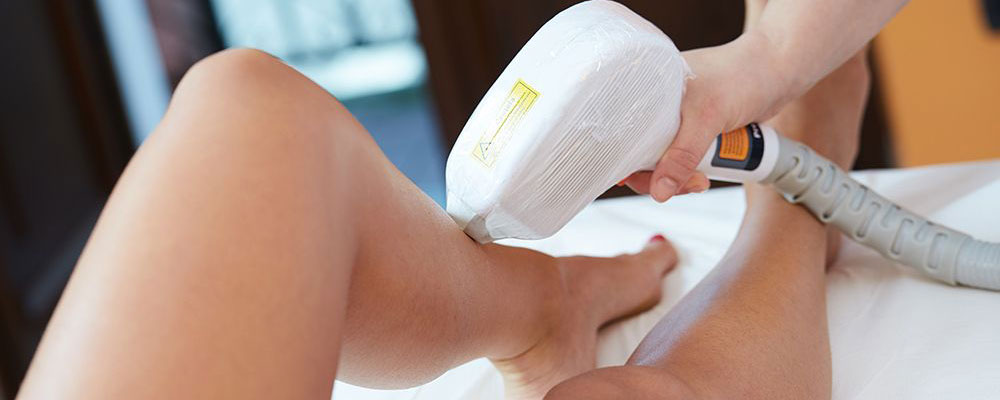Aftercare Tips for Laser Hair Removal Treatment

CynoSure Elite+ laser hair removal treatments deliver waves of safe and effective laser energy deep into your hair follicles. The regular growth cycle of the follicles is disrupted when they heat up. It takes a few weeks, but the targeted hairs finally fall out on their own.
The hair comes back finer, thinner, and lighter the following time. With each succeeding treatment, less and less hair grows back until, finally, no hair grows back at all. Laser hair removal may significantly reduce hair growth in practically any location, including the legs, arms, underarms, stomach, back, and neck, to mention a few.
Aftercare tips:
Here are some things to avoid:
- For at least two weeks following treatment, avoid exposing skin to UV rays (sunlight or sunbeds) or self-tanning. This is done to lighten the skin (hyperpigmentation).
- For 7 days, avoid heat treatments such as spas, steam rooms, and saunas.
- For the next 4–5 days, avoid heavy cleaning or putting pressure on the skin. This is done to allow the treated skin to heal and to avoid infection.
- Shaving the treated region should be avoided for 72 hours following treatment.
- For at least 48 hours, exercise should be avoided.
- For the next 48 hours, avoid taking hot baths or showers.
- For 48 hours, avoid anything that contains chlorine (such as swimming).
- For at least 48 hours, avoid wearing make-up on the treated area.
- For 48 hours, avoid using scented items or bleaching treatments.
- Scratching the treatment area if blistering or crusting occurs might result in scarring.
- Waxing, tweezing, and threading should be avoided for the length of the treatment period.
Here’s what you should do after your treatment and in between sessions:
- To relieve pain, discomfort, or irritation, apply an ice pack to the affected region.
- Apply aloe vera gel or soothing creams for 3 days following the therapy.
- Wear loose clothing for 48 hours to avoid friction on the treated region.
- Keep the treated area clean and dry for at least 48 hours.
- Consume lots of water.
- For at least two weeks, wear an SPF 50 sunscreen with zinc.
- To rejuvenate the skin
Scabbing, darkening of the blood vessels beneath the skin’s surface (vascular lesion), hyperpigmentation (darkening of the skin produced by increased melanin), and blanching (skin turning white or pale, caused by a temporary restriction of blood flow) are all frequent responses to skin rejuvenation procedures.
Although extremely rare, the following adverse effects may occur soon following treatment:
- Excessive discomfort.
- Excessive chronic erythema (skin redness due to increased blood flow)
- Oedema (fluid retention-induced swelling)
- Blistering (a raised area of skin filled with fluid).
- Bruising or skin marking in the shape of a crystal.
- The skin seems puckered or grey or ashy in tone.
- The skin seems puckered.
Additional unpleasant events, such as nausea and vomiting, may occur between 4 and 12 hours following therapy.
- Swelling (oedema) can occur in some sensitive locations.
- Because the treated skin is delicate and fragile, it may tear when touched.
- Scarring is possible, but unlikely. Hyperpigmentation and loss of some skin surface (epidermal erosion) may occur; however, the risk is reduced if a sunscreen containing zinc (SPF 50 or above) is used.
- Prolonged itching is possible; however, keep the area cold and use aloe vera gel or soothing lotions.
You must follow the aftercare regimen as directed in order for therapy to be successful and effective with as few potential side effects as possible.
Contact Dr. Lakshmi Sowjanya if you have:
- A temperature of 101° F (38.3° C) or above.
- Shaking chills.
- The treated area’s drainage is green or yellowish.
- Pain or suffering has become more severe.
- Increased redness or swelling in the vicinity of the treated region.
- Bleeding that continues after applying pressure.
- Pain or discomfort that is not relieved by pain relievers.
